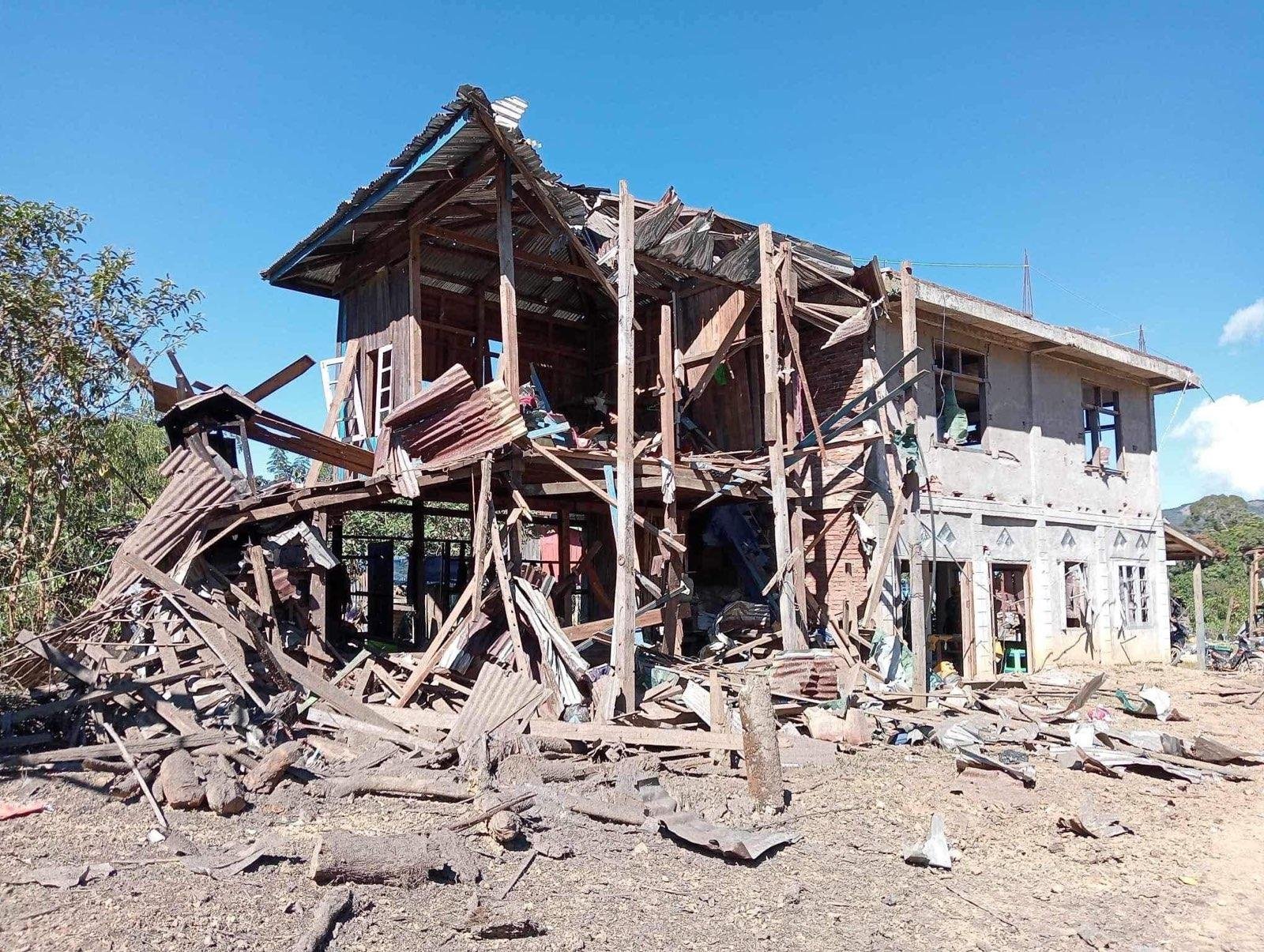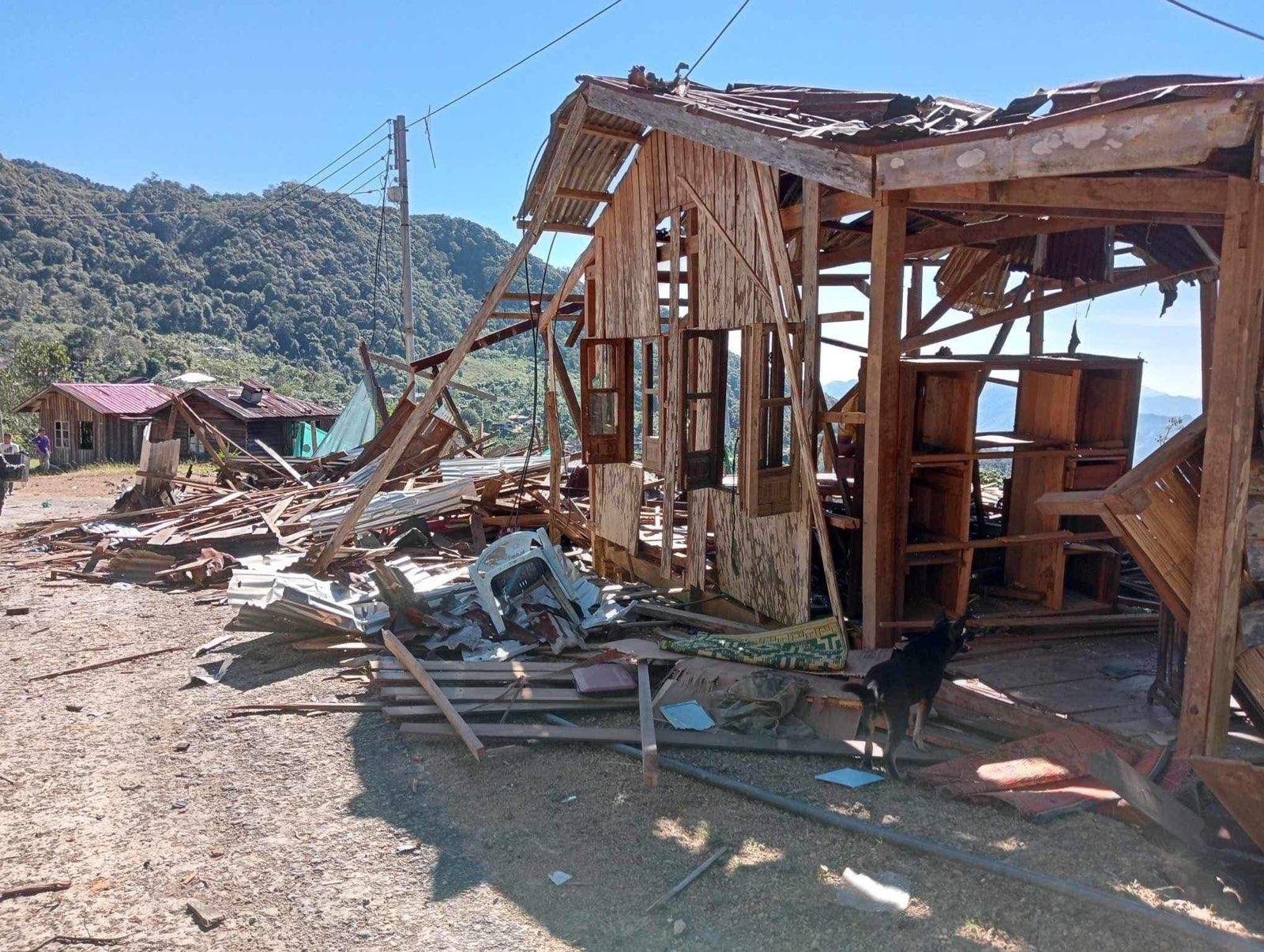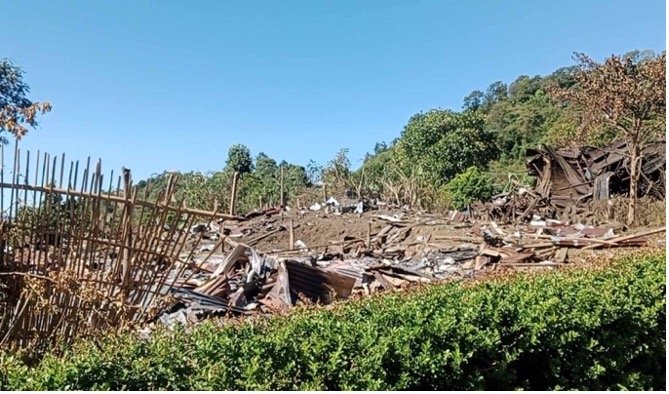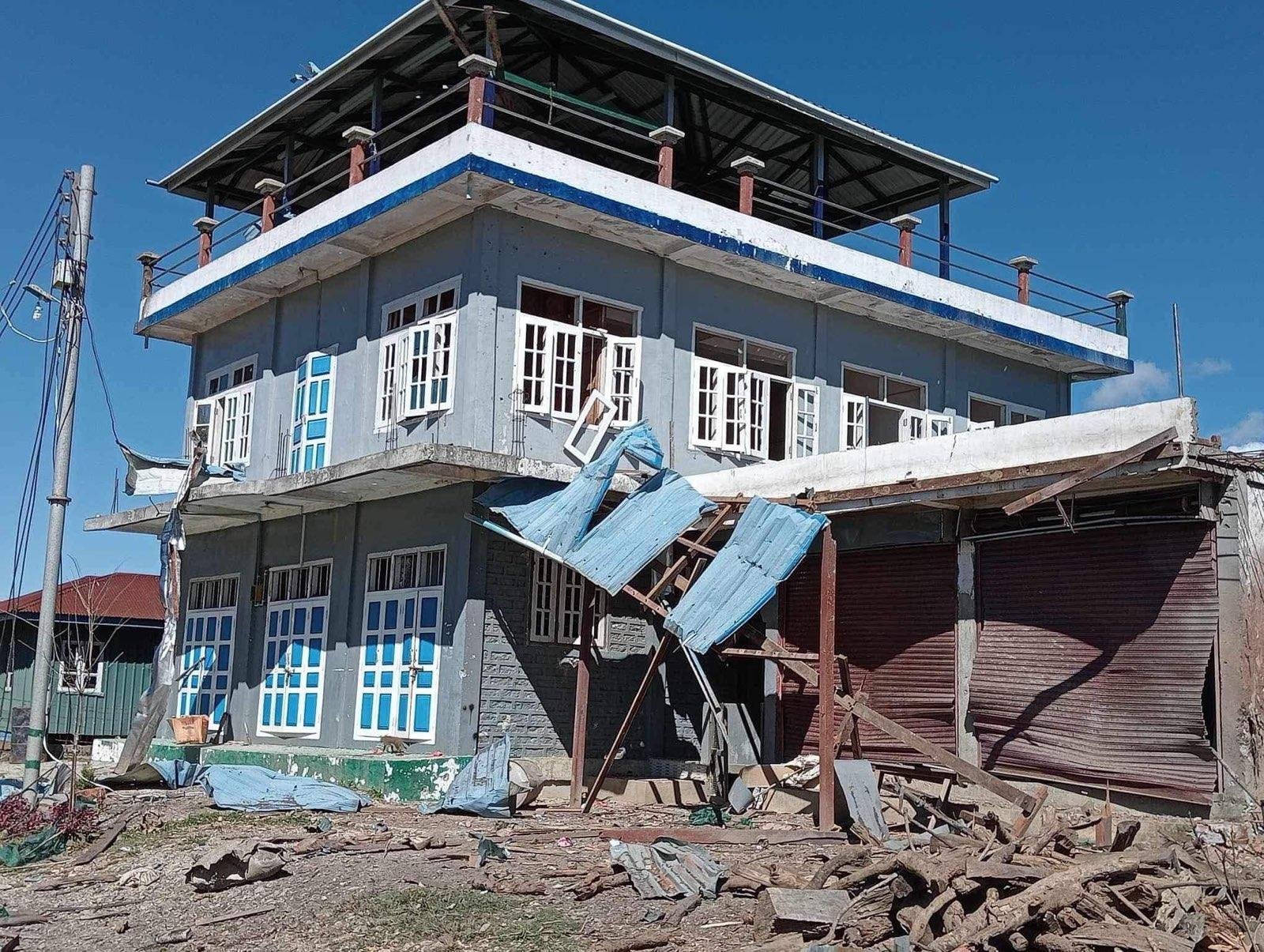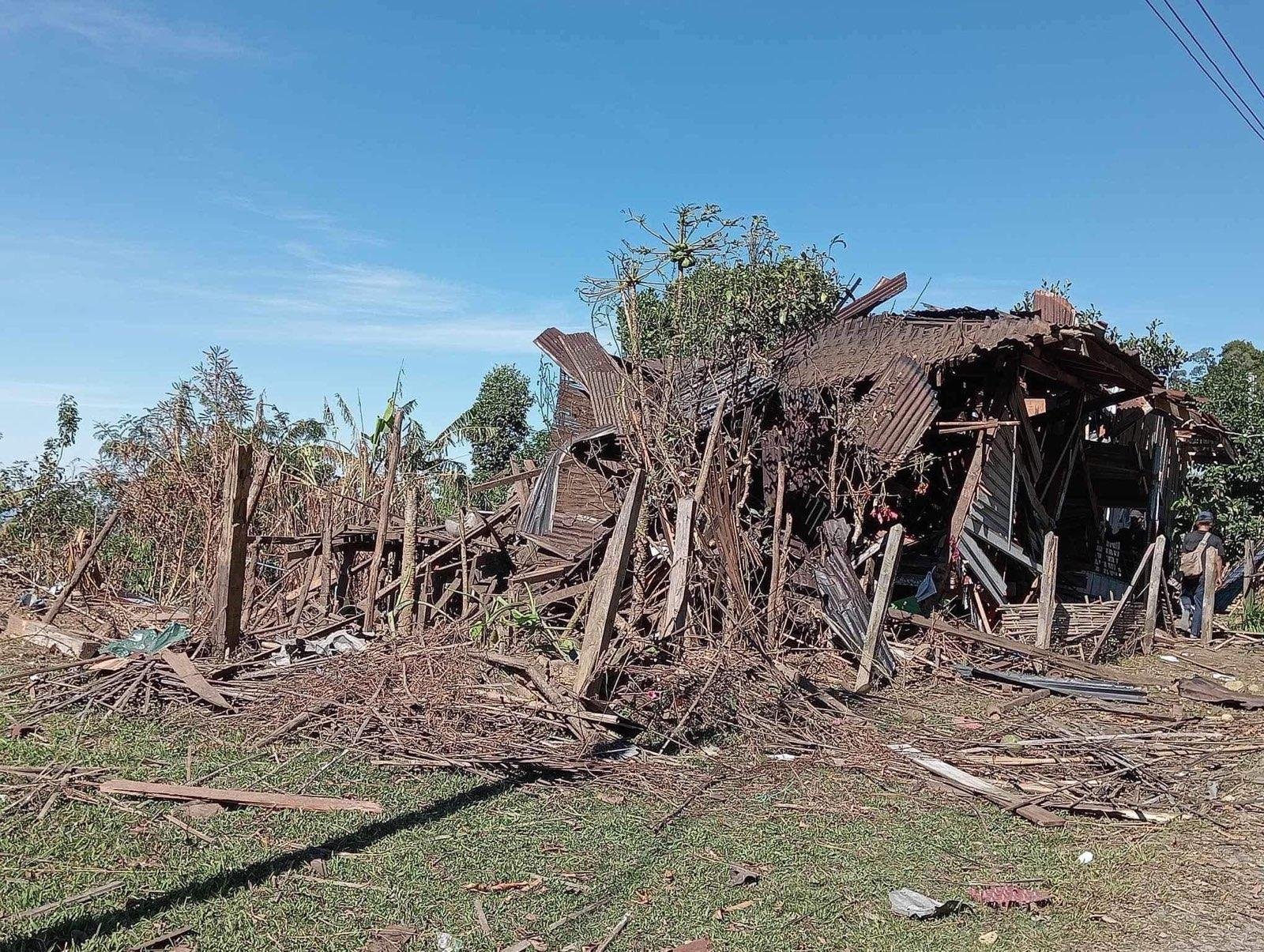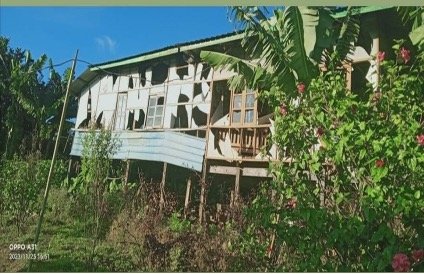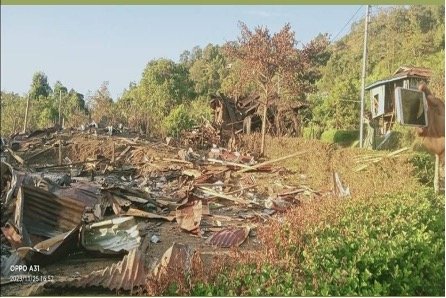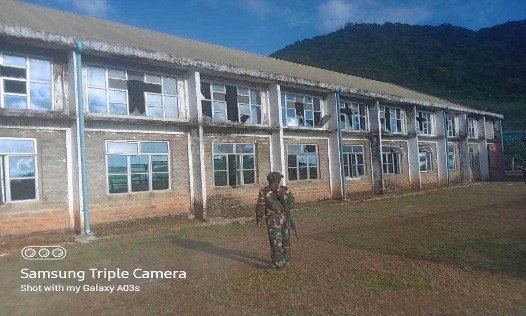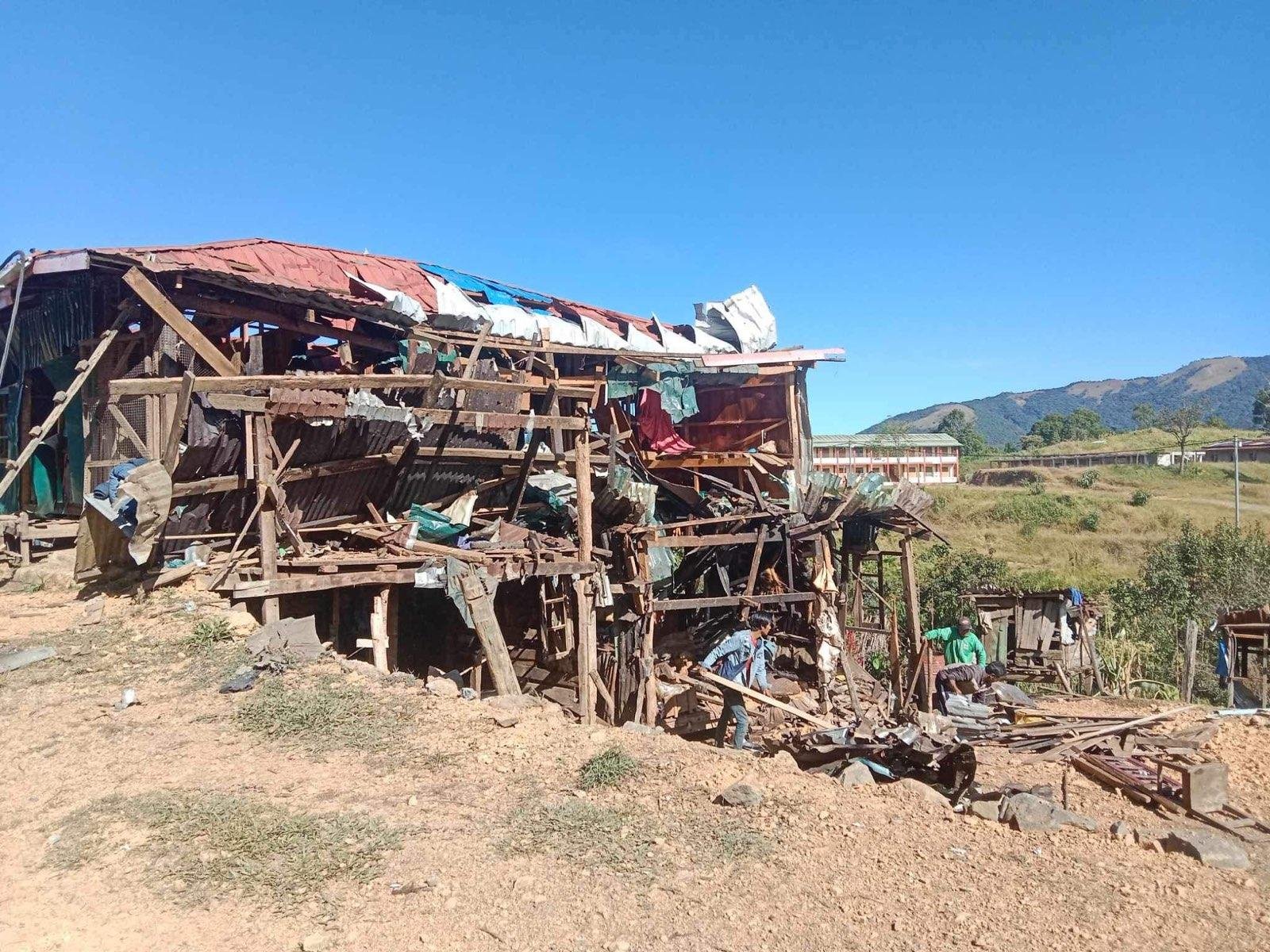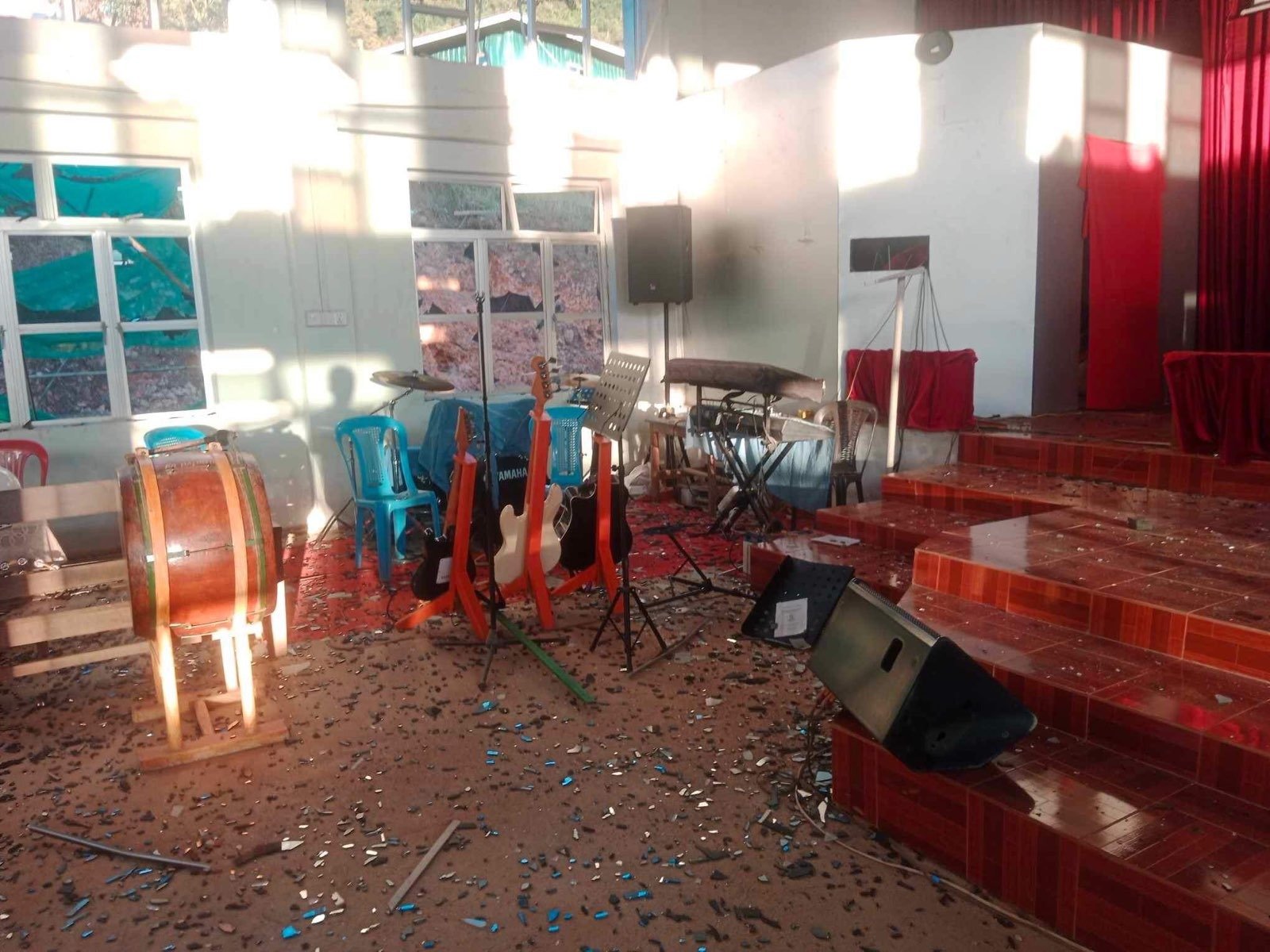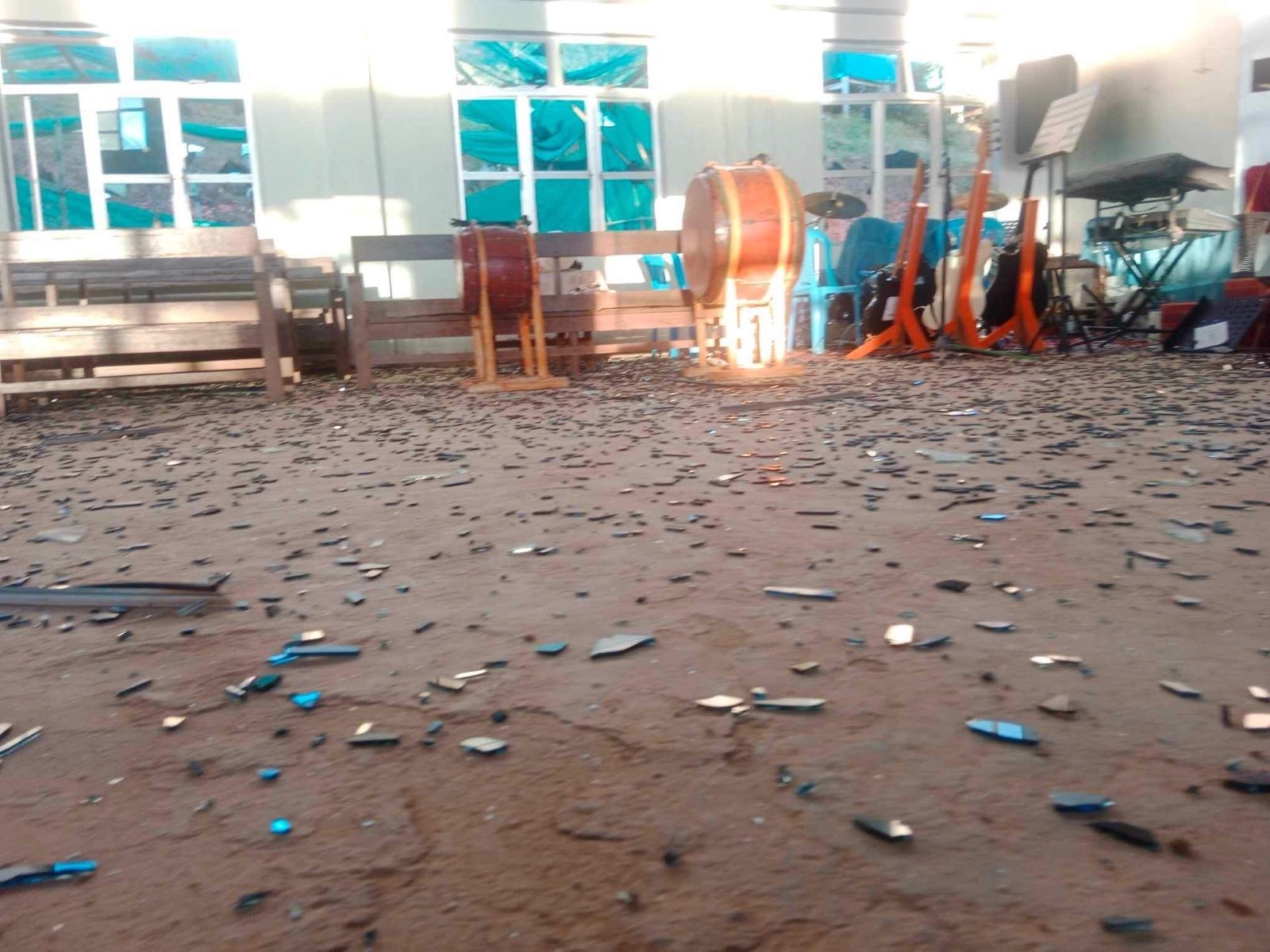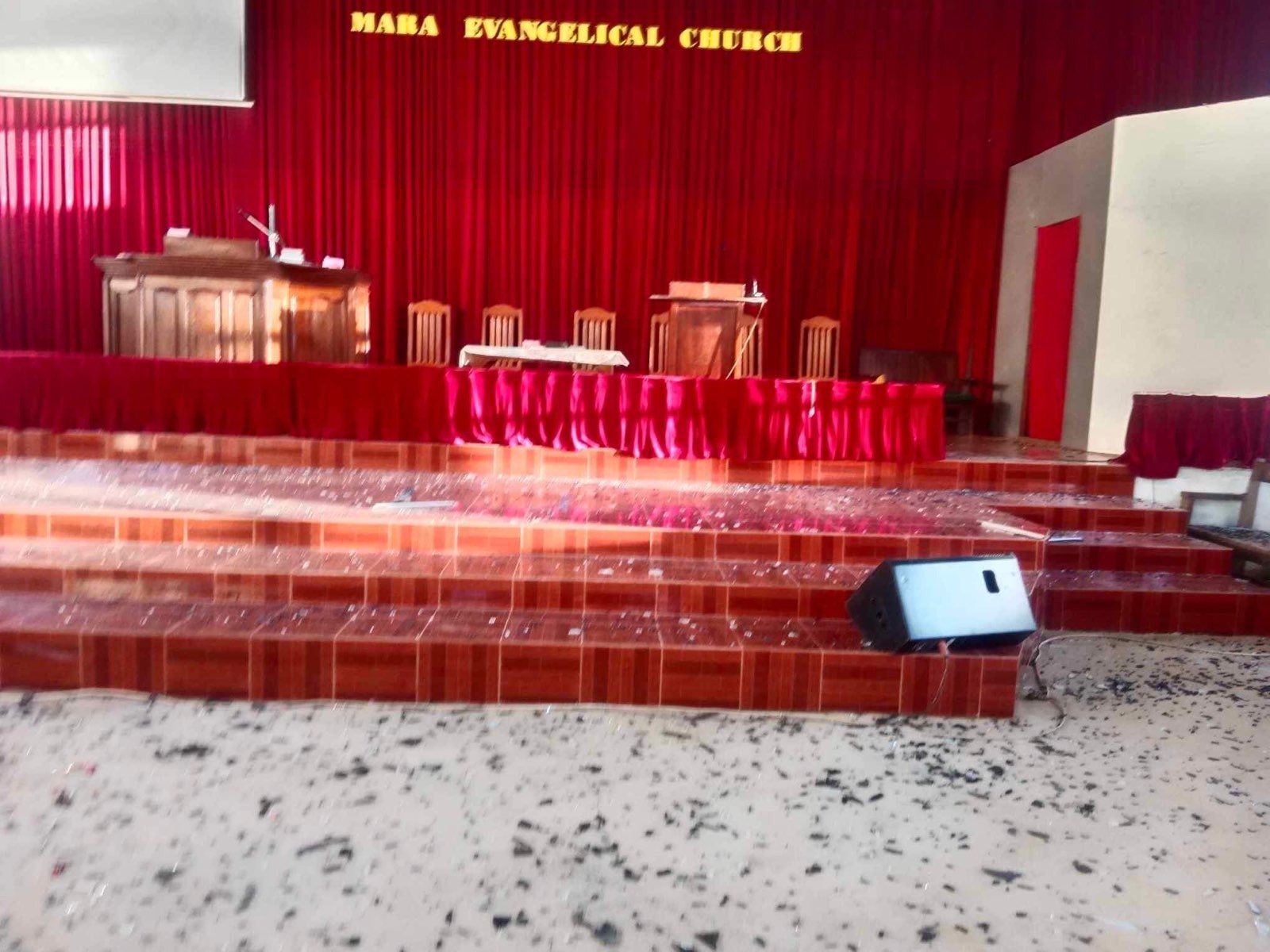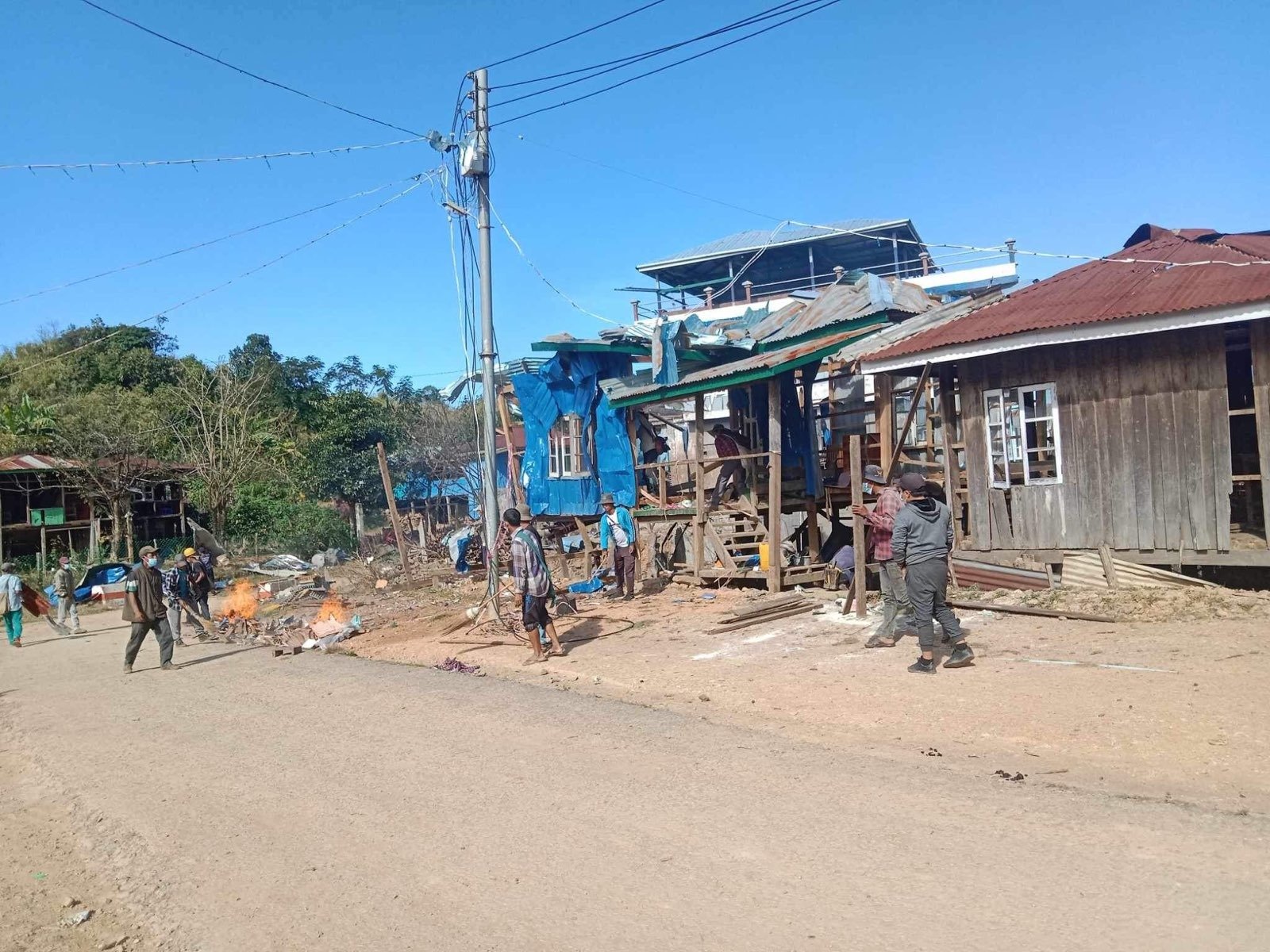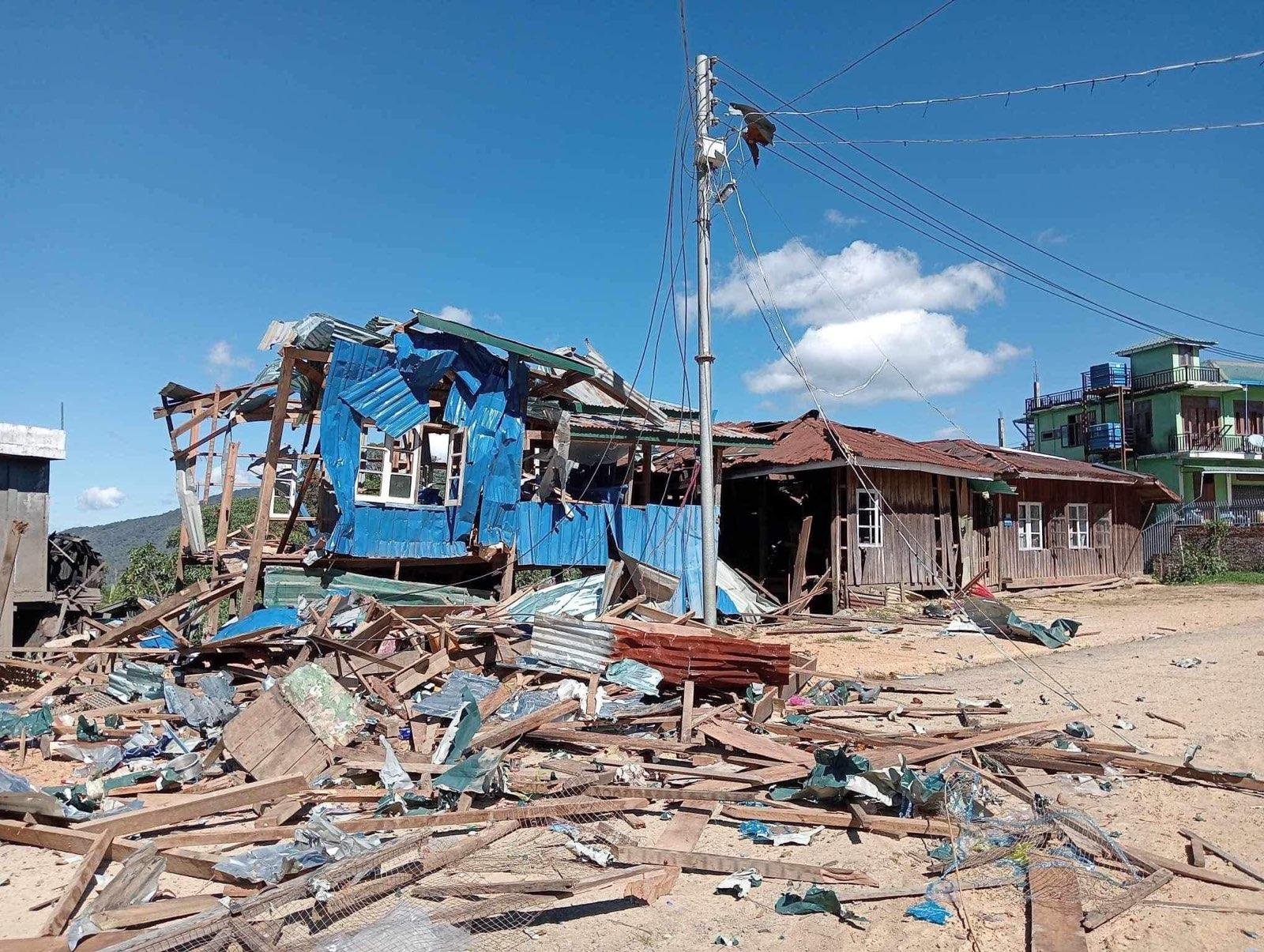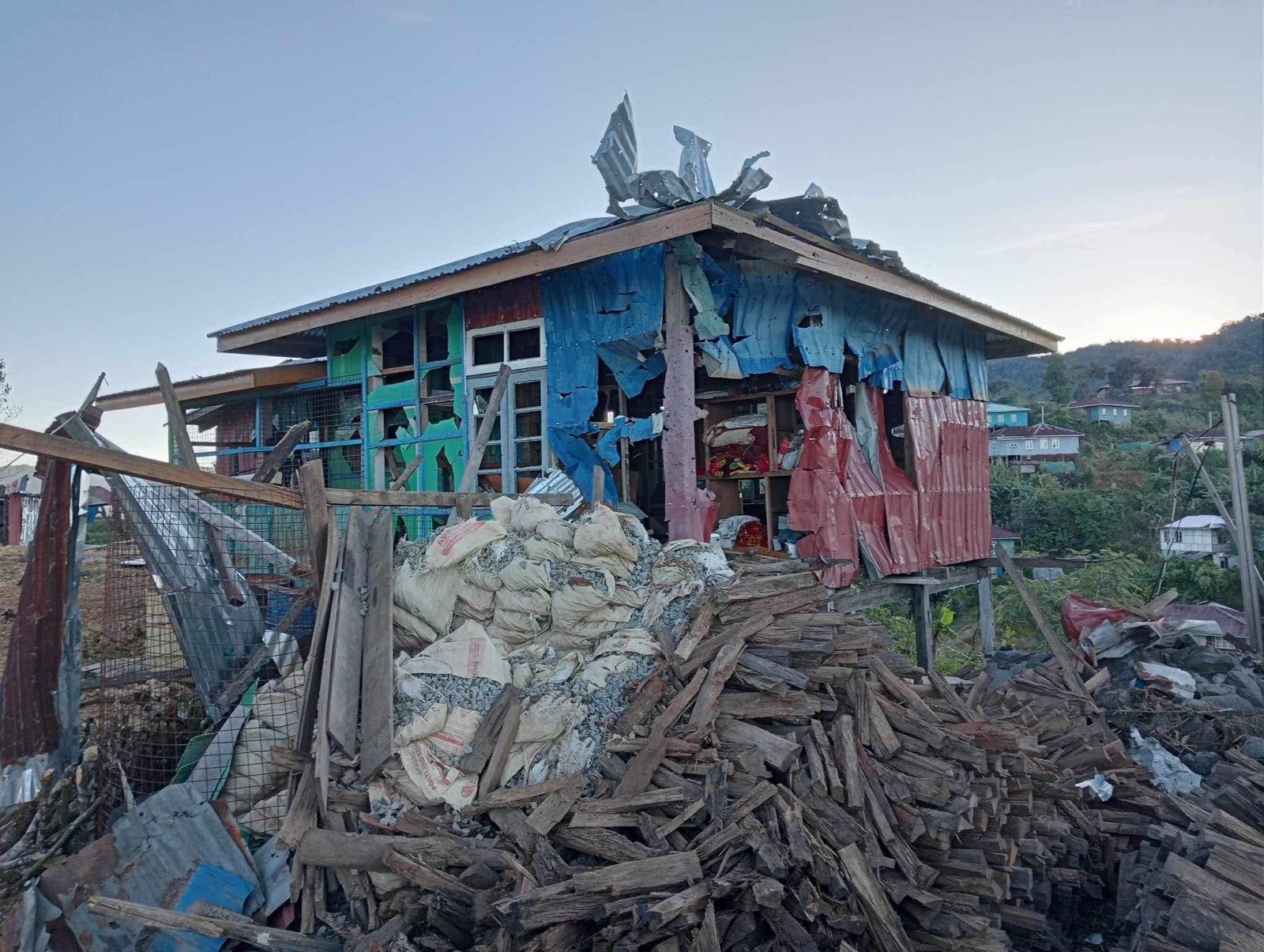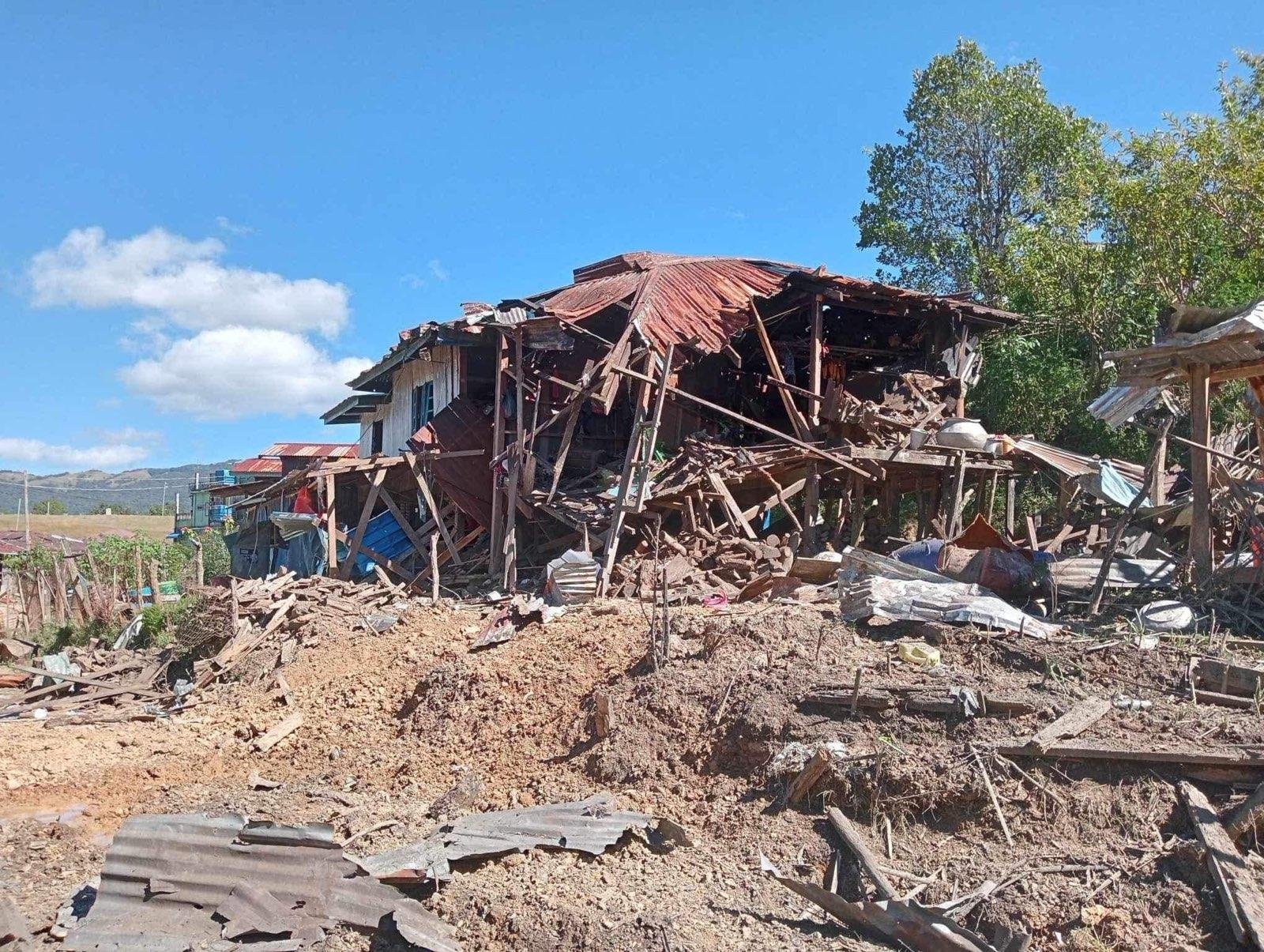Lailenpi is Under Siege
We’ve been closely following the developing crises taking place on the Indian border in Chin state, and our contact person has provided us an update as to what they’re now facing. Just because these and other stories aren’t making the news does not mean that thousands of lives are not being put at immediate risk! We are sending urgent support for humanitarian relief across Chin state, but we are at present not able to meet their full needs. We humbly ask supporters to consider a contribution to help this community in their time of need.
Lailenpi, the capital of the Mara community in Chin State, was a tranquil place for more than 5,000 people. Following several battles between the CAN, the alliances Chinland Defense Forces (CDFs), and the brutal Myanmar Military based in the town, the entire town's population was forced to flee their homes on November 19, 2023. Soldiers killed one young lady in a previous clash and they had also looted homes and stolen animals. Recently, the army resumed its rampage, plundering the town and frightening the locals by repeatedly shooting their firearms. This led the local defense forces to reengage. Civilians have been forced to flee en masse for their lives, some to farms, some to the jungle, and others to different villages. They did not have time to pack their belongings, and had to leave their homes empty-handed.
Then fighter jet began dropping bombs on Lailenpi on November 19th, and continued through November 24th. On that day, the Myanmar military was forced to relinquish control of Lailenpi as the CNA and Alliances CDFs moved in. As a parting shot, a jet fighter carpet bombed the town, claiming many lives. Among those known to be deceased include Mr. Me Chha, a 40-year old father of seven who was staying behind at the church and tasked with taking care of the elderly, and two elderly people, a 98-year old man and an 89-year old woman who were attempting to flee to the jungle. And to this day, military helicopters continue to periodically circle overhead, so although the town is somewhat liberated of the ground forces, the Lailenpi people still cannot return home.
Because the military's strategy and objectives are unclear, the local defense forces have also urged the people in surrounding villages to leave. As a result, there has been a surge of villagers from that region relocating to relatively safer towns. The majority of families are traveling on foot because they don't own cars; a small percentage have bikes, but they aren't big enough for an entire family and there is an acute shortage of petrol. Some of those who fled into the jungle have made it to the refugee camps of Zawngling and Laki in India, although Indian authorities have begun to close the border. There will undoubtedly be a high demand for humanitarian aid and healthcare for everyone impacted by the conflict, and we are working to meet need that as well as we can.
Unfortunately, since this is a relatively innocuous, rural area, neither INGOs nor large NGOs are likely to devote resources there, nor are they able to respond quickly to emergency situations such as this. The present lack of support is very challenging not only for the refugees from the Lailenpi region, but those who are trying to care for them, which is mainly in small towns where the number of refugees surpasses their own populations. It is now winter in Myanmar, which complicates the situation, presenting additional problems and difficulties for the host community as well as the residents of Lailenpi regarding food, clothing, basic medical care, and shelter. There also still needs to be some sort of headcount as to how many Lailenpi refugees there are, and exactly where.
It seems possible that this situation could easily continue for six more months, possibly even a year. But we must at the very least try and meet their basic needs for at least the next month.
This is where we turn to donors with a humble request for support. We calculated the costs of administering care (which covers food, clothing, medicine, shelter, etc) for at least 500 people who had to flee for one month, and it comes to about $14,000 dollars. While this figure may seem out of reach to many donors, we want to emphasize a contribution of any size can be of great assistance. For example, a donation of just $12 can provide a “dignity” kit for a young woman; $40 can supply socks for 50 individuals; $100 can provide enough dal for 500 people for a week; $210 can purchase enough clothing for 30 children.
